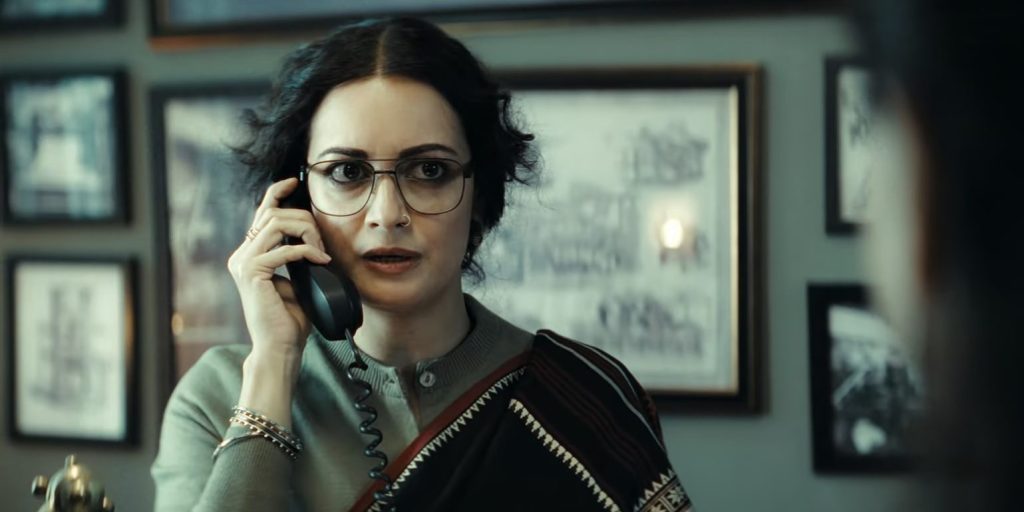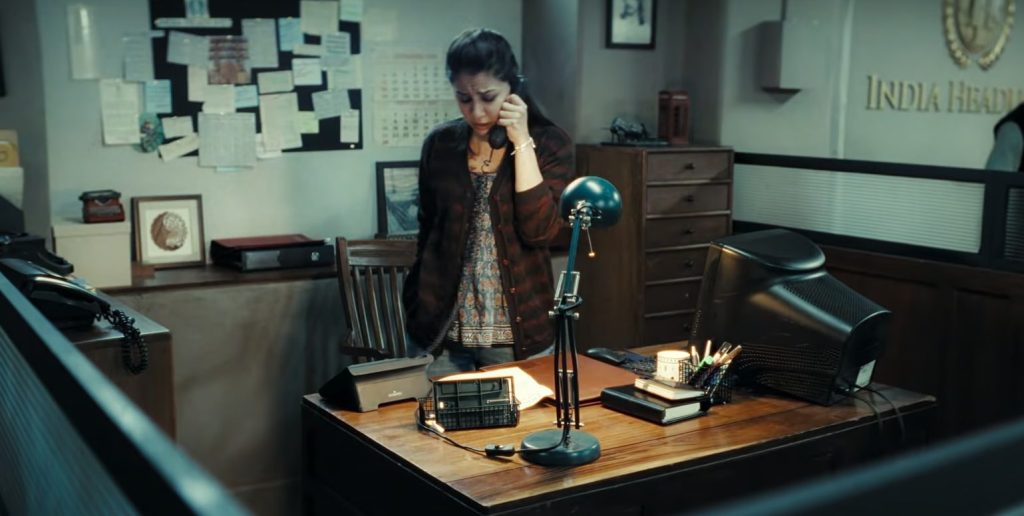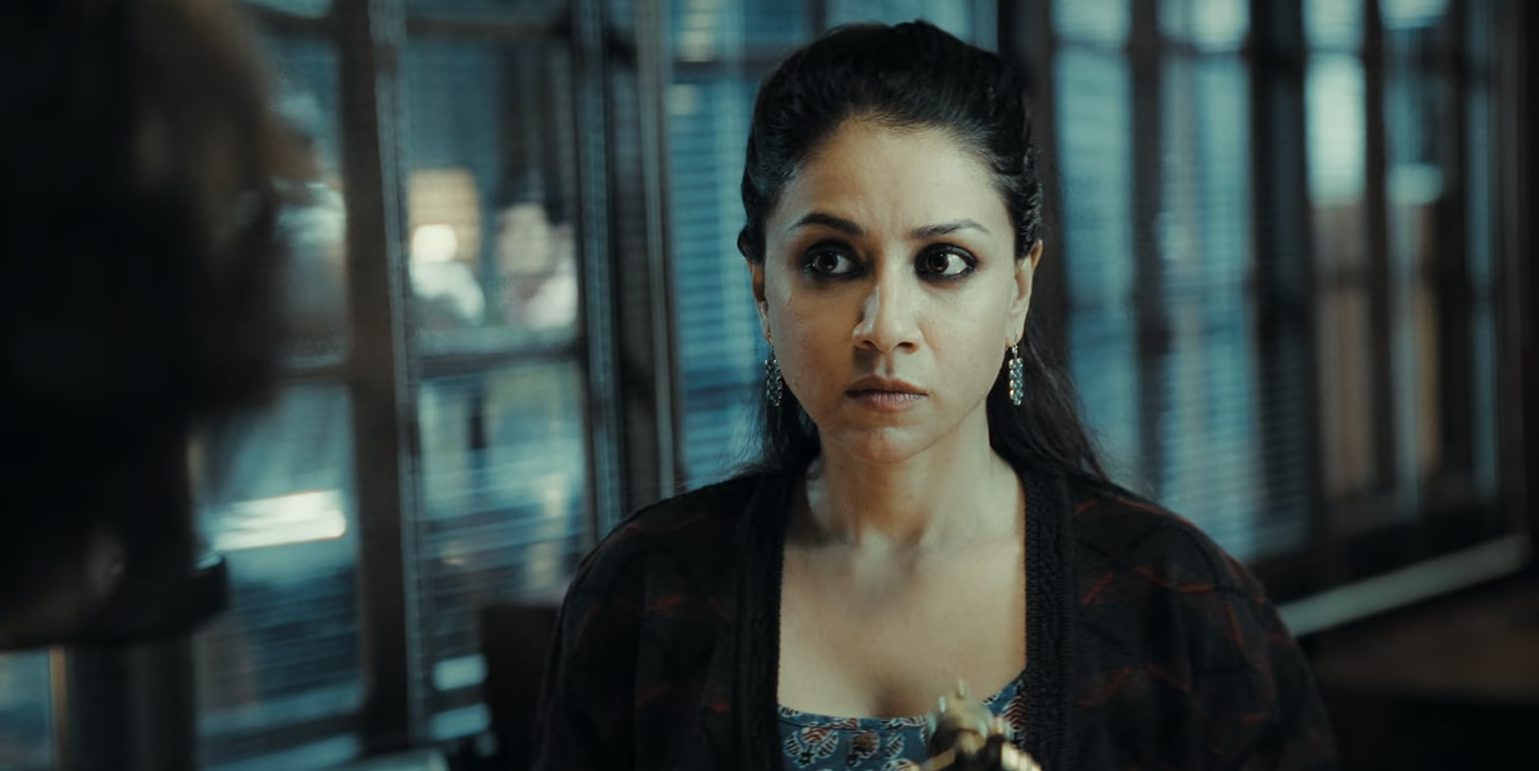The Netflix show, ‘IC 814: The Kandahar Hijack’ created by Anubhav Sinha and Trishant Srivastava, chronicles the hijacking of an Indian Airlines flight traveling from Kathmandu, Nepal, to New Delhi, India. After several detours, the plane is forced to land at Kandahar, Afghanistan, where a team of Indian delegates tries to negotiate the release of the hostages. The show delves into the harrowing week-long trials of the plane’s inhabitants and the people waiting back home in India. Bulldog Journalist Nandini Martin and her editor Shalini Chandra of the newspaper India Headlines piece together the story while awaiting news of the safe release of the hostages. Although they play a support role in the show, the pair illustrates the importance of the media during a public crisis! SPOILERS AHEAD.
The Inspirations Behind Nandini and Shalini’s Journalistic Battles
Nandini Martin and Shalini Chandra are two fictional reporters in ‘IC 814: The Kandahar Hijack,’ who were conceived by creators Anubhav Sinha and Trishant Srivastava. While the story delves into the terrifying true account of the IC 814 hijacking that took place on December 24, 1999, the additions of Nandini and Shalini to the ensemble cast of characters is a fabricated part of the narrative meant to highlight how the media played a role during the event. The two characters often butt heads as they try to determine the best approach to covering the story. In fact, Nandini is one of the first people to learn about the hijacking through a trusted contact. The news is eventually relayed to Ranjan Mishra, a top official at the Research and Analysis Wing (R&AW), India’s external intelligence agency.

Although the circumstances surrounding them are primarily based on actual events, Nandini and Shalini remain on the fringes of the main narrative. They can be seen as a representation of the general media and their work during the hijacking. The creators took a few liberties by utilizing the duo to dispense the conflict between different types of journalism—one that is more concerned about breaking a big story for the sake of it, while the other is about responsibility, ethics, and censorship. Nandini is depicted as a ferocious investigator who is willing to stop at nothing to get to the truth, even if it comes at a cost. Meanwhile, Shalini, who works for the TV department, is more focused on the consequences of releasing a story to the public that they might not be ready to hear.
The battle between the two sides continues in the show as Nandini and Shalini fight over what they believe is the right approach to their job. However, it also captures the reality of how deeply contested certain situations can become through the lens of the media, politics, and public discourse. After the event of the hijacking, large swathes of public attention alighted upon the Indian government, Captain Devi Sharan, and the seeming failure of those in charge to resolve the hijacking more swiftly and efficiently. Lines were drawn between people and their ideologies. In the show, those divides exist not just through the battle between the hijackers and their hostages but also through the two reporters locked within their newspaper building. Despite their impact, they are ultimately not based on any real-life figures.
India Headlines is Not an Actual Newspaper
The India Headlines newspaper where Nandini and Shalini work in ‘IC 814: The Kandahar Hijack’ is a fictional organization created by Anubhav Sinha and Trishant Srivastava. The place is where the two reporters spend most of their time collating information about the hijacking while miles away from Kandahar, Afghanistan. The company has a TV and a print department, signifying that it is a prominent and influential media house in the country, generating lots of public interest through the stories it covers. Shalini works in the TV department and often has charged conversations with Nandini, as the two share different mindsets when it comes to covering the news. Nandini is more bullish and stubborn, not just in her personality but also in regard to the power of the printed word compared to the TV.

While the newspaper agency may be fictional in conception, other media companies with similar prominence can be found in The Times of India, India Today Group, and NDTV. These are some of India’s topmost mass media organizations, covering a broad base of topics, both in print and digital format. However, despite being linked through their prominence, India Headlines is ultimately a fictional company that cannot be found in reality, thereby distinguishing it from the above-mentioned organizations. Filming for the interior scenes in ‘IC 814: The Kandahar Hijack’ took place in a film studio in Mumbai, Maharashtra. The scenes featuring the India Headlines interiors were likely shot in the same facility.
The media house has no direct influence over the events occurring in the narrative, but it plays a relevant role through the intense discussions and conflicts between Nandini and Shalini in its confines. It illustrates the moral and ethical challenges faced by the journalists during the crisis, who had to decide on the kinds of information they wanted to disseminate to the public. However, despite its obstacles to the journalistic duo, it is a made-up organization that does not exist in the real world.
Read More: IC 814: Is Ram Chandra Yadav Based on a Real Indian Spy?


You must be logged in to post a comment.